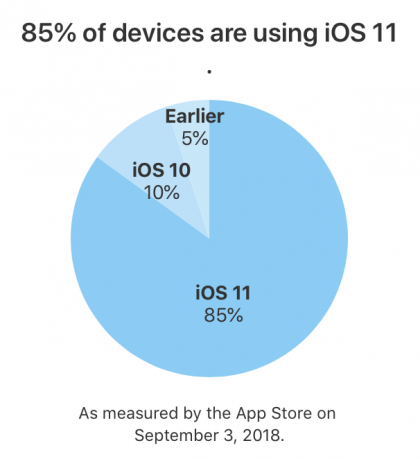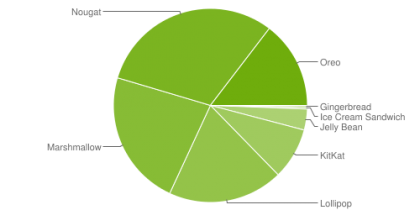C. Scott Brown, Android Authority:
When the opportunity came up here for a writer to switch to an iPhone for a week to see what it’s like, I jumped on it. I figured this would be a way to put my convictions to the test. Is Android really better for me than iOS, or have I just become complacent and comfortable with Android?
I like the premise. But the execution was flawed.
Take a few minutes to make your way through the article. Scott clearly likes a lot about the iPhone, highlighting lack of clutter, the rewrite of the iOS App Store, iPhone’s superior Bluetooth implementation, and the ease of use of the Camera app.
But one dealbreaker for Scott:
The horrible layout of the keyboard makes you need to do not one, not two, but three taps to insert a comma in a sentence. First, you tap the keyboard-swap button, then you type a comma, then you hit the button to go back to the main keyboard.
Three strokes to use probably the second-most-used punctuation mark in the English language.
But as I pointed out in this tweet this morning, there’s a quicker way to type a comma. Press and slide the number (123) key, release on the comma, and you remain in the alphabetic keyboard. Fast and, once you know about it, easy.
The issue here is low discoverability. And, to me, the flaw in Scott’s experiment was tweeting out his concerns, to see if there are shortcuts (like the comma shortcut) or other solutions with the issues he raised, before he published.
All that said, this was an interesting read for me. There are clearly things iOS does better and things Android does better. Another example Scott raised was the way Android groups Notifications. If only he’d asked. This is a feature Apple has in place in the iOS 12 beta, coming soon to iOS devices everywhere. And iOS’s lack of fragmentation means anyone with an iOS device can get it, either by trying the public beta or waiting a few weeks for the release. No need to wait for a carrier update that might never come.
And those keyboard shortcuts? They’ve been around a long, long time. But if that comma thing was new to you, check out this terrific post (from 2016!) chock full of gems like this.


